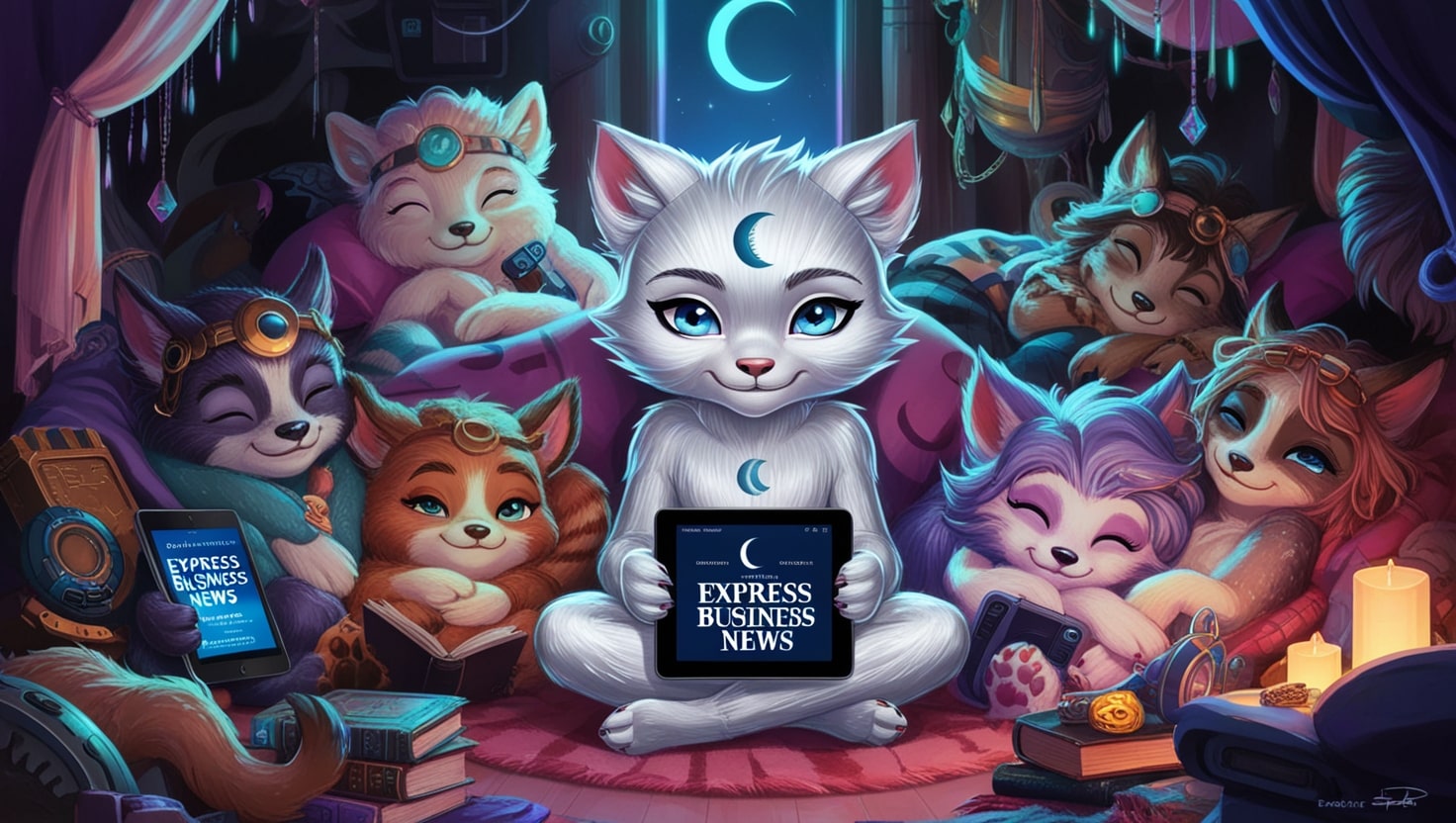In the realm of technological advancements, particularly within the domain of writing, a fundamental inquiry emerges: Is it plausible for AI to supplant writers? As AI writing capabilities progress, they commence to fabricate content that competes with human ingenuity, instigating concerns amid the writing community. What lies ahead for writers? Let’s delve into the realm where AI writing and human writers can amalgamate to craft captivating narratives and chronicles.
The Genesis of AI Writing Instruments
AI writing instruments have witnessed extraordinary expansion in recent times. These AI tools can fabricate articles, reports, and even imaginative works such as verses and tales. Sophisticated AI models, like GPT-4, undergo training on extensive datasets, empowering them to grasp context, imitate writing styles, and generate coherent and captivating text.

Merits of AI Writing Instruments
1. Rapidity and Efficacy: AI tools can produce content at a pace surpassing that of a human writer, facilitating swift turnarounds on projects.
2. Cost-Efficiency: Employing AI can curtail expenses linked to engaging multiple writers, notably for extensive content production.
3. Uniformity: AI can sustain a consistent demeanor and style across diverse content pieces, which proves advantageous for branding objectives.
4. Idea Generation: AI can aid writers in surmounting creative blocks by spawning ideas and proposing pathways for their narratives.
Hurdles and Constraints
Despite these advantages, AI writing instruments encounter several constraints:
1. Absence of Genuine Creativity: While AI can simulate human writing, it lacks authentic creativity and the capacity to innovate beyond its programming.
2. Emotional Profundity: AI-generated content frequently falters in conveying profound emotions and nuanced human encounters.
3. Originality Predicaments: Given that AI hinges on existing data, it might grapple with generating genuinely original content and could inadvertently engage in plagiarism.
The Prospects of Writers in a World Steered by AI
The ascension of AI writing does not inevitably signify the demise of human writers. Instead, it unveils an opening for collaboration, where the prowess of both AI and human creativity can be harnessed.

Writers and AI: A Synergetic Horizon
1. Enlarging Imagination: Essayists can use computer based intelligence devices to conceptualize thoughts, depict plots, and shape characters, freeing them to focus on the more unpredictable features of narrating.
2. Proficiency in Update: man-made intelligence can support overhauling and editing, guaranteeing that the substance is refined and without any trace of mistakes preceding dispersal.
3. Information Driven Disclosures: man-made intelligence can investigate peruser preferences and patterns, outfitting essayists with priceless experiences to fit their substance to crowd tendencies.
4. Multimedia Fusion: AI can assist writers in fabricating multimedia scripts, and amalgamating text with audio, video, and interactive components to engender immersive encounters.
The Function of Writers in Screenwriting
In the domain of screenwriting, the collaboration between AI and human writers can be exceptionally fruitful. AI can draft preliminary versions, propose dialogues, and devise plot frameworks, which human writers can then enhance, infusing depth, sentiment, and originality. This partnership facilitates a more streamlined writing process, empowering writers to concentrate on creativity and storytelling.
Conclusion: The Symbiosis of AI and Human Writers
The query of whether AI can supplant writers is intricate. While AI instruments are exceedingly potent and can substantially aid the writing process, they do not serve as a replacement for the distinctive creativity and emotional profundity that human writers contribute to their craft. The future of writing resides in the collaboration between AI and human creativity, where each can complement the strengths of the other. By embracing AI writing tools, writers can amplify their productivity and explore novel creative avenues, ensuring their pertinence in an increasingly AI-dominated sphere.



